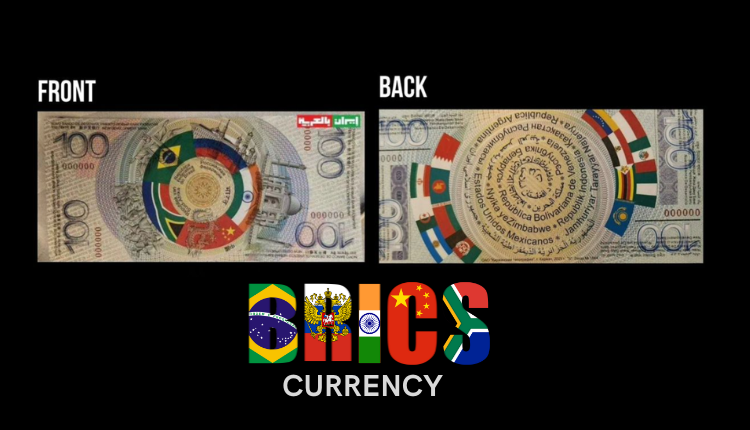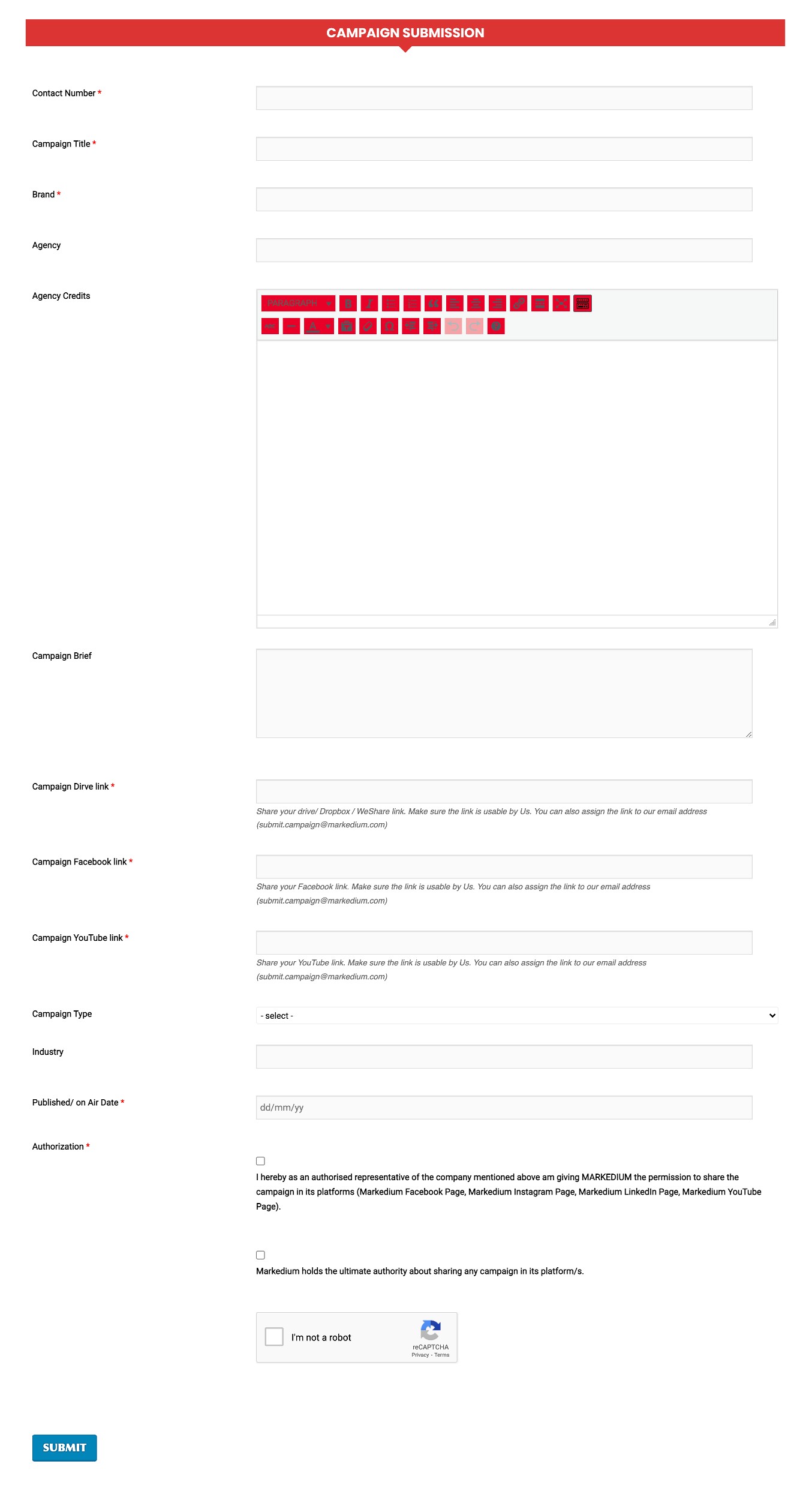
BRICS Currency: Reality or Symbolic Gesture? Assessing the Kazan Summit and Its Implications for the Global Economy7 min read
The BRICS nations—Brazil, Russia, India, China, and South Africa—have long discussed the idea of establishing a unified currency to challenge the dominance of the US dollar in international trade. At the recent summit in Kazan, Russia, held from October 22 to 24, 2024, speculation about the launch of this new currency intensified.
A photograph showing Russian President Vladimir Putin holding a colorful BRICS-themed banknote quickly went viral, prompting widespread rumors that the long-anticipated BRICS currency had been unveiled. However, it was later clarified that the banknote was merely a symbolic mock-up, presented by enthusiasts, rather than an official currency note.

This article explores the implications of the Kazan summit, delves into the motivations behind the BRICS currency initiative, examines its potential impact on the US dollar and the global economy, and provides an overview of what investors should consider in light of these developments.
Read more: Sustainable Banking Redefined: BRAC Bank’s Holistic Approach to People, Planet, and Prosperity
The Context and Symbolism of the BRICS Banknote
The image of President Putin holding a BRICS-themed banknote was enough to spark speculation across international media, suggesting that the BRICS nations had finally launched their unified currency. Despite the hype, Officials clarified that the bill was not an official note but a conceptual design presented during the summit. The mock-up served as a symbolic gesture to showcase the potential for a BRICS currency, underlining the bloc’s intentions to continue developing financial alternatives
This event highlights the strategic narrative of the BRICS alliance. By showcasing a symbolic currency, BRICS leaders signal their intention to create a parallel financial system that could rival the dollar, but they also demonstrate caution, making it clear that they are still in the planning and development stages. This pragmatic approach allows BRICS nations to explore alternatives without committing to immediate implementation, buying time to ensure economic and structural stability before any official rollout.
The Structure and Concept Behind the BRICS Currency
While the Kazan summit did not result in the launch of an official BRICS currency, it provided further insight into how such a currency might be structured in the future. According to discussions and statements made during the summit, a potential BRICS currency, tentatively called the “BRICS Unit,” could incorporate the following features:
- Gold and Commodity Backing: Reports indicate that the BRICS currency could be partially backed by gold and a basket of other commodities such as oil and agricultural products. This diversified backing aims to give the currency intrinsic value, protecting it from inflation and external manipulation.
- Digital and Blockchain Integration: The proposed BRICS Unit may also integrate blockchain technology, enabling secure, transparent, and efficient cross-border transactions. A blockchain-based system could also allow BRICS countries to bypass traditional Western-dominated networks such as SWIFT, thereby reducing the influence of the US and its allies over international finance.
While the BRICS nations have not yet formalized these concepts (as the currency is yet to be introduced), the Kazan summit demonstrated their ongoing efforts to lay the groundwork for a stable and functional reserve currency.
Motivations for the BRICS Currency Initiative
The push for a BRICS currency is motivated by several geopolitical and economic factors:
- Sanctions and Global Financial Independence: The US dollar’s dominance has allowed the United States to use economic sanctions as a powerful foreign policy tool. Countries like Russia and Iran, which face severe sanctions, are particularly interested in developing a financial alternative that would insulate them from such measures.
- Economic Sovereignty: By creating a BRICS currency, the alliance aims to reduce dependence on Western financial institutions and assert its economic independence. This move could empower BRICS nations to conduct trade and investment activities without interference from global powers, ensuring greater autonomy over their economic policies.
- Strengthening Regional Alliances: The summit also emphasized BRICS’ commitment to expanding its alliance. With countries like Saudi Arabia, the UAE, and Iran joining the bloc, the creation of a shared currency could enhance trade and financial integration among these nations. Such a development would not only strengthen BRICS internally but also position it as an attractive alternative for other emerging economies seeking independence from dollar-based trade.

At the BRICS summit, Russian President Vladimir Putin clarified that the BRICS nations are not abandoning the US dollar entirely but are instead building contingency plans in response to potential access restrictions. “The dollar remains a crucial instrument in global finance; however, using it as a political tool erodes confidence in its stability,” Putin stated. He emphasized that BRICS does not aim to undermine the dollar but is exploring alternatives to safeguard its members’ economies. “If they shut us out, we will develop other solutions,” he added, highlighting the bloc’s pragmatic and adaptive approach.
Potential Implications for the US Dollar
If the BRICS nations eventually succeed in launching a unified currency, it could have profound effects on the global dominance of the US dollar. The dollar currently accounts for approximately 88% of all global foreign exchange transactions and remains the primary reserve currency for most central banks. However, the introduction of a new, gold-backed BRICS currency could lead to a decline in demand for the dollar, accelerating the trend of “de-dollarization”.4.
- A. Risks of a Declining Dollar
A reduced global reliance on the dollar could result in several economic consequences:
- Currency Depreciation: A significant shift away from the dollar could lead to its depreciation, which would impact the US economy by increasing the cost of imports and driving inflation.
- Geopolitical Influence: The US uses its currency dominance as a tool for imposing sanctions and exerting influence on the global stage. A viable BRICS currency could weaken this leverage, shifting the balance of power in international relations
- B. Will BRICS Be Successful in De-Dollarization?
While the potential for a BRICS currency to challenge the dollar exists, several hurdles remain. The BRICS nations are economically diverse, with China and India far outpacing other member states in terms of economic power. This disparity could complicate the creation of a cohesive monetary policy, much like the difficulties faced by the eurozone in maintaining stability among its varied economies
Additionally, the lack of a centralized monetary authority, akin to the European Central Bank (ECB), poses a challenge. Without a unified institution to manage the BRICS currency, it may be difficult to regulate and stabilize it effectively, particularly during economic crises or geopolitical conflicts.
Investor Strategies in Response to the BRICS Developments
For investors, the potential introduction of a BRICS currency represents both risks and opportunities. To navigate this evolving financial landscape, several strategies can be considered:
- Diversification Beyond the Dollar: Investors may seek to reduce their reliance on dollar-denominated assets by diversifying into other currencies and commodities. Gold, as a traditional hedge against currency risk, remains a viable option, particularly given its expected role in backing the BRICS currency.
- Exposure to BRICS Markets: With the expansion of the BRICS alliance, investment in BRICS equity markets, real estate, and infrastructure could become increasingly attractive. ETFs that track BRICS economies may provide accessible exposure to these markets.
- Monitoring Volatility: The potential for significant currency fluctuations and geopolitical tensions will require investors to adopt flexible and risk-averse strategies. Balancing exposure to emerging markets with stable assets will be crucial to navigating this uncertain environment.
Long-term Prospects for the BRICS Currency
Despite the challenges and the symbolic nature of the Kazan display, the BRICS nations appear committed to advancing their currency project. A successful launch of the BRICS Unit would require overcoming several obstacles:
- Harmonizing Diverse Economies: Aligning the economic policies of such varied economies will be key to ensuring the currency’s stability. China’s significant economic power relative to other BRICS members could be a double-edged sword, providing both stability and potential dominance within the currency structure.
- Establishing Institutional Support: The BRICS alliance may need to develop a centralized financial institution similar to the ECB to manage and stabilize their currency. Without such support, managing economic fluctuations and implementing consistent monetary policy across member states will remain a challenge.
Final Thought
The Kazan summit highlighted both the ambitions and the cautious approach of the BRICS nations in developing an alternative currency. While the image of President Putin holding a BRICS-themed banknote was ultimately a symbolic gesture, it reinforced the bloc’s determination to explore financial alternatives that reduce their dependency on the US dollar.
For now, the global financial community remains attentive, with investors, economists, and policymakers closely monitoring BRICS developments. The potential for a new BRICS currency to challenge the dollar and reshape international trade dynamics is significant, but its success will depend on careful planning, international cooperation, and the ability of BRICS nations to navigate economic and geopolitical complexities. As the BRICS alliance continues to expand, the world may witness a transformation in the global economic order—one that could alter the balance of power and financial stability for decades to come.
For more updates, be with Markedium.



